Cuba: Searching for Nature’s Cure

Text/Photos by Natalia Favre (El Toque)
HAVANA TIMES – Enma is 77 years old and is an herbalist. She lives in Naranjal, Matanzas, a province that had one of the highest COVID-19 infection rates by the end of June 2021. Enma leaves her home early in the morning and heads to the countryside in search of medicinal plants to help alleviate her neighbor’s ailments. The plants she picks have different properties and she knows them all; there are antibiotics, painkillers, sedatives, to help itching, colds…
Enma suffers from different chronic diseases and needs to take vitamins to strengthen her immune system. Her daughter used to get them from people who traveled abroad, but she hasn’t had access to them in a good while so she tries to get by with herbs.
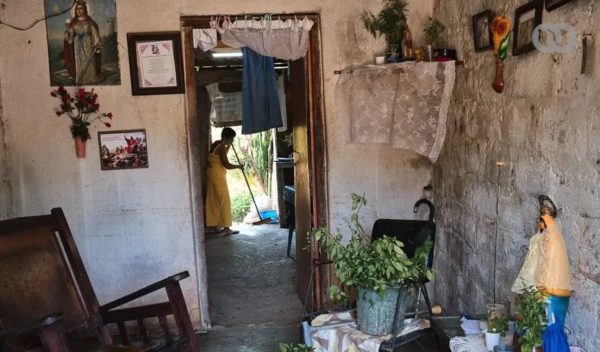
Her house leaks if it rains and she doesn’t have running water. Last year, the Government gave her a housing benefit to fix it. By the time Enma realized that the builder given the job was stealing the materials and selling them on the illicit market, it was too late; the man had sold everything.
The builder is now in prison and she is still waiting for somebody in the Havana office to recognize what happened and give her back her benefit so she can finally fix her house.
In addition to her walks looking for medicinal plants, Enma has another routine. She awaits her brother Francisco’s daily visit. She makes him coffee and gives him a bunch of flowers so that he can place them under a photo of Obdulia, their mother, who passed away last year at 102 years old.
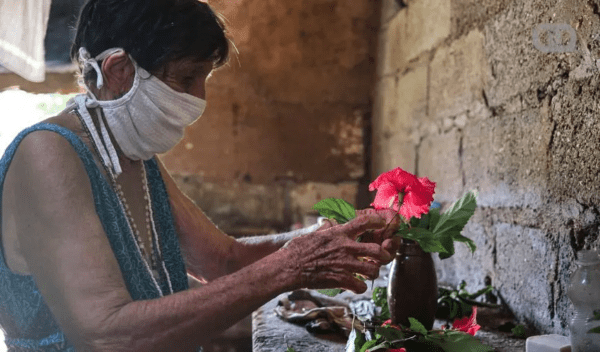
With a record number of infections, hospitals collapsing and empty drugstores, many people like Enma are seeking alternatives for their ailments in herbal medicine, especially in phytotherapy. Some people plant medicinal plants in their backyards; others, like Enma, go to the mountains to look for them or go to herbal medicine stores and specialized dispensaries.
Cuba’s Essential Medicines List comprises 619 products: 351 for hospitals and 268 for drugstores. Out of these, 263 (42%) are imported and 356 (58% are nationally produced: 350 products by BioCubaFarma, 5 by the food industry and 1 by the National Center of Agricultural Health.
An average of 85 medicines manufactured by BioCubaFarma were missing in 2020. As well as imported medicines that were unable to enter the country in recent months, and which are mainy used for secondary health care.

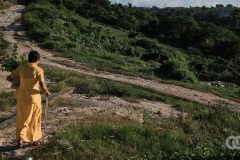
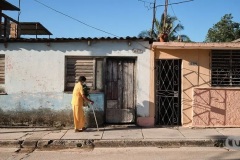


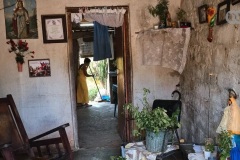
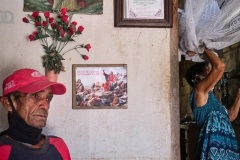
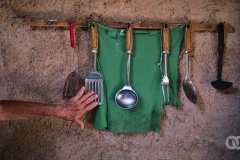


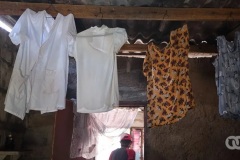

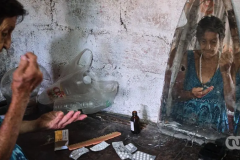
No comments:
Post a Comment